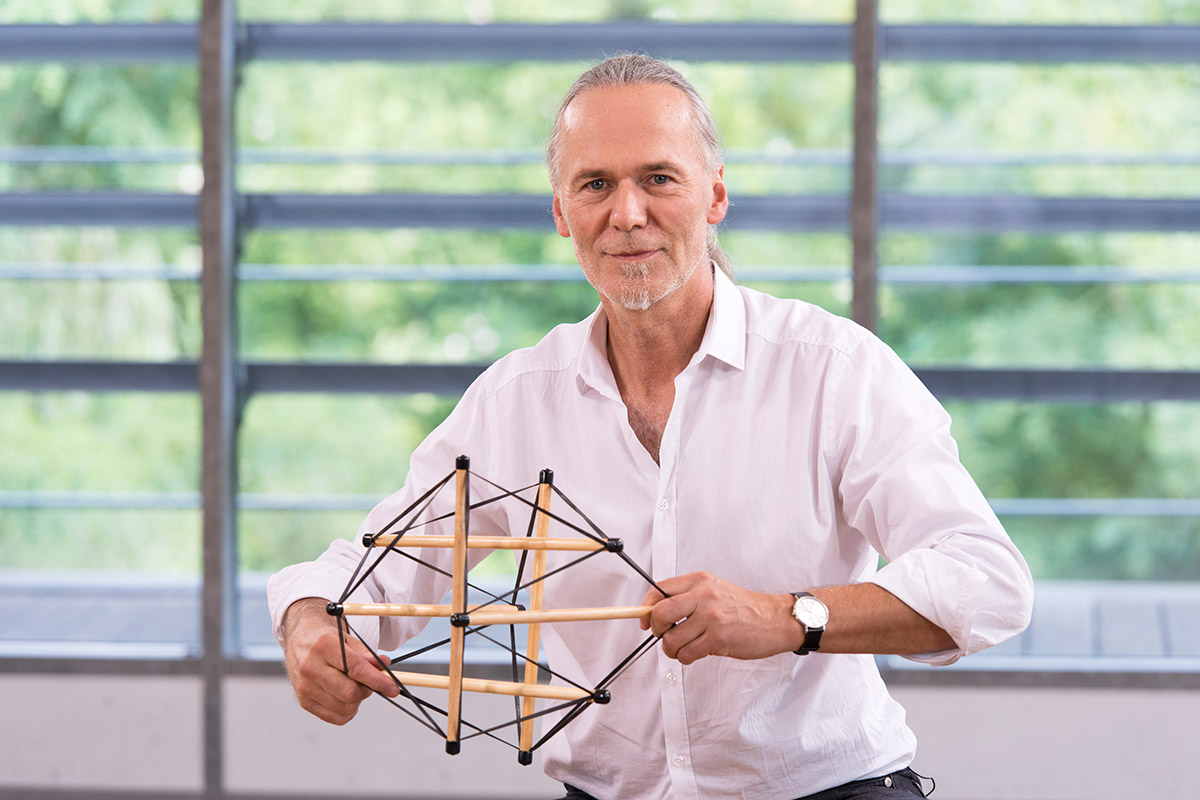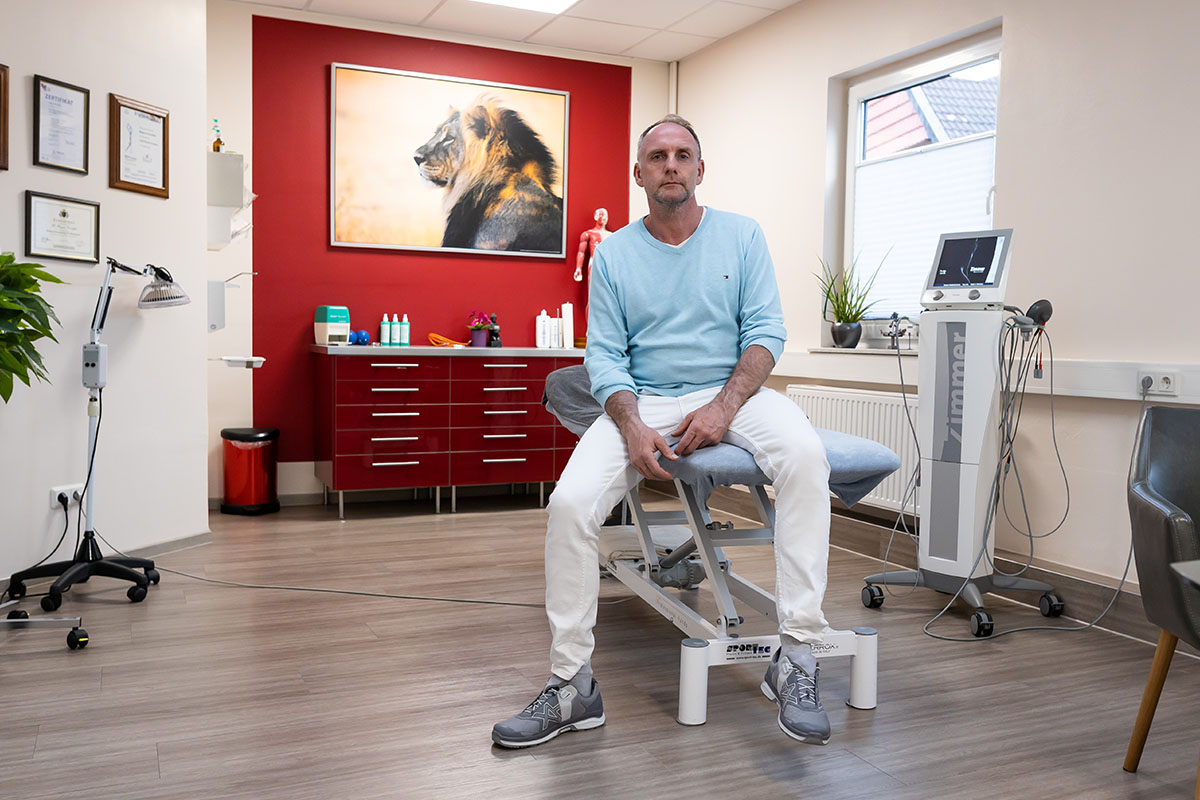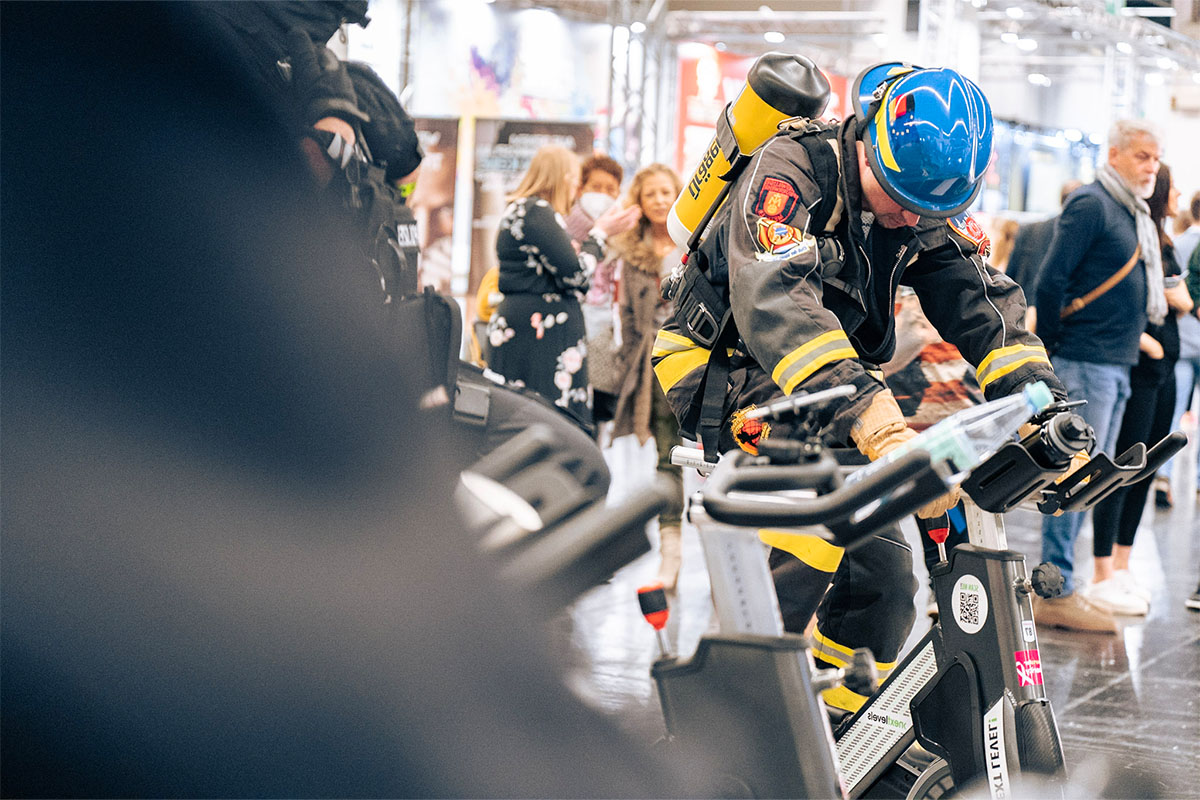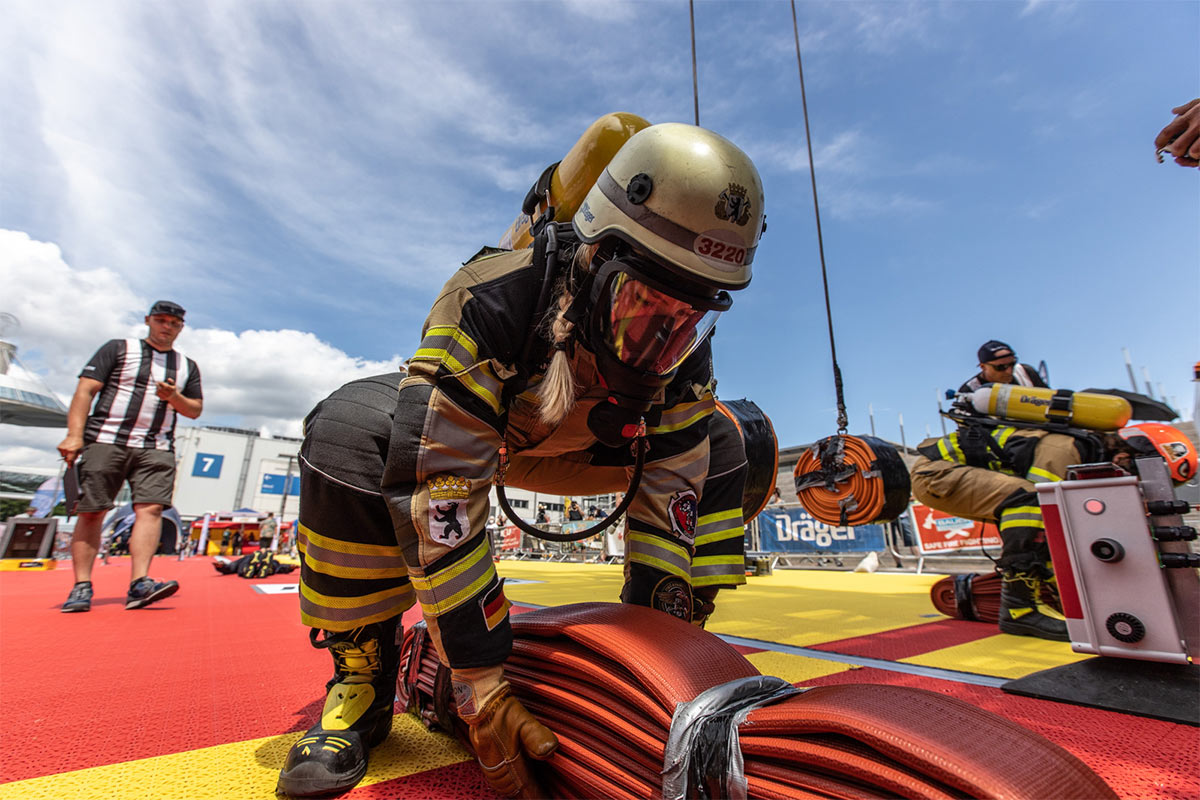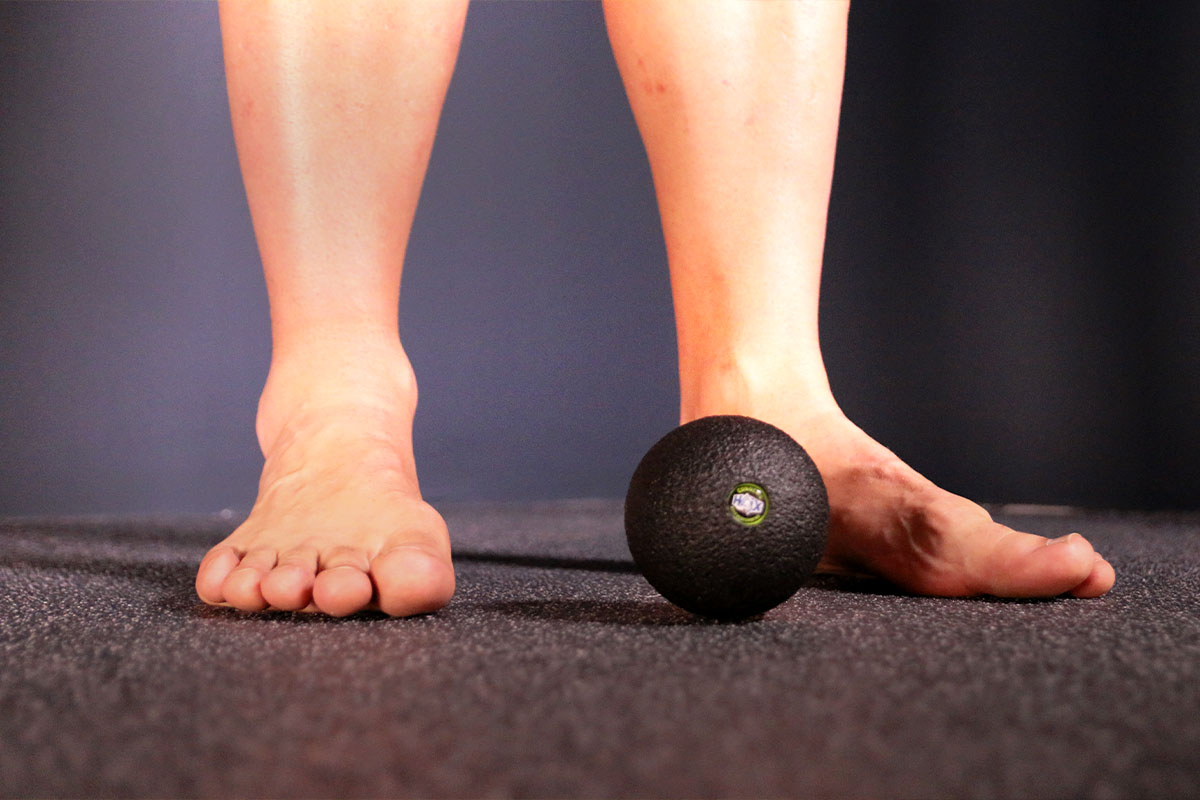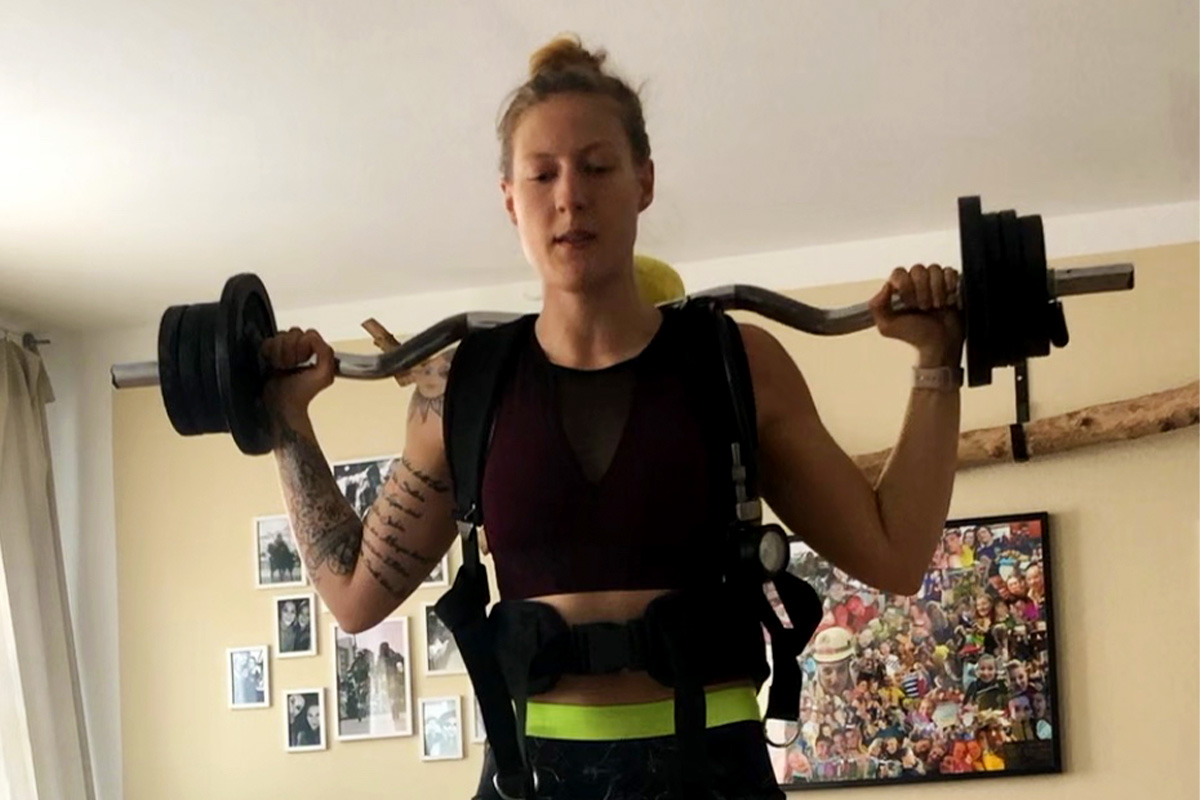Everything is linked. Our muscles, bones and organs are encased by bands or sheets of connective tissue called fasciae. But what is the function of fascia, what does it have to do with back pain and how can we train it? Dr. Robert Schleip, human biologist, psychologist and leading figure in fascia research, is on the trail of pain.
Dr. Schleip, why do we get back pain?
Dr. Schleip (laughing): I’m afraid that’s not an easy question to answer. The causes of back pain are many and various. In fact, they are even more multifarious than we previously imagined.
So it’s not always automatically to do with the spinal disc?
Dr. Schleip: No. Actually, we now know that the spinal disc is only the true cause of back pain in a minority of cases. About 20 percent. In the remaining 80 percent of incidences, the findings are not yet clear. But we know that our fasciae play a part.
Please explain this in more detail: What are fasciae?
Dr. Schleip: Fasciae are a kind of packaging that sits beneath our skin. They are a fascinating network of connective tissue which essentially ties everything together. Fasciae give our body a shape and act as a binding mechanism. Think of them as being like the skin of a soft veal sausage. Without fasciae, our muscles would not be able to tense. They would resemble a semi-liquid jelly. Fasciae also have a major part to play in our movements. In some cases, they work like a catapult. They temporarily store movement energy in the same way as an elastic band before releasing it again. Dynamic and cushioning movements such as walking and running make much more use of this rebound of the fasciae than they do of active contractions of the muscle fibres.
How does this tissue relate to back pain?
Dr. Schleip: Let’s take our lumber fascia as an example. This envelops our lower back and is equipped with numerous fine nerves which are a perfect source of pain.
What causes damage to the fasciae?
Dr. Schleip: Overload or underload. Both of these can damage tissue. Our fasciae will tear if we overexert ourselves. This impairment is usually very slight, but it can lead to inflammations. At the same time, the fasciae need a certain amount of strain in order to remain healthy. Typical couch potatoes, who spend a lot of time sitting or lying down, will find that their connective tissue will start to wither and become tangled up. This can also happen if we neutralise our feet by choosing the wrong footwear. Stress is, of course, a further factor.
How can I train my fasciae?
Dr. Schleip: The first thing you will require is patience. Fasciae cannot be trained in a few weeks. There are many types of sport and exercise that will automatically strengthen them. But you need to remember that connective tissue grows more slowly than muscles. This means that it is more susceptible to undue strain. In general terms, fasciae do not like movements which are mechanical, uniform or one-sided. As far as fascia fitness is concerned, the best sorts of exercise are those involving diverse movements which shift the load. Dancing or gymnastics, for instance. Another good way of benefiting your fasciae and the back in particular is to use a Blackroll at home.
How come that we have only just realised how important fasciae are to our body?
Dr. Schleip: For a considerable period, the fasciae were dismissed as a mere packaging organ. One of the reasons for this was that they were very difficult to quantify. Now we are able to use test tubes and high-resolution ultrasound to see what fasciae look like and to discover a whole new world under our skin.
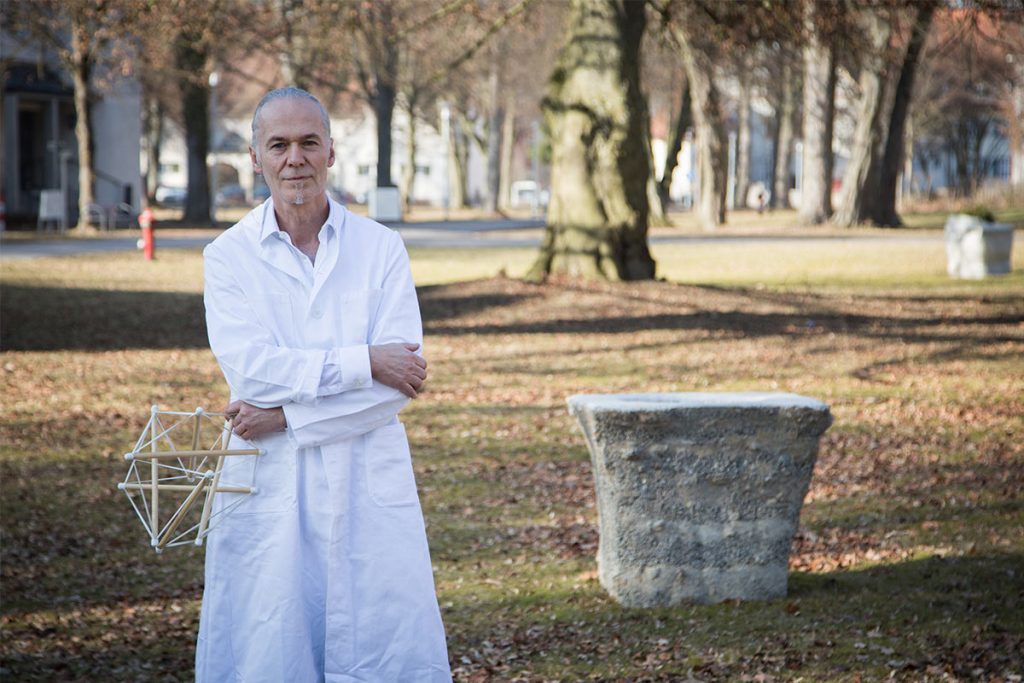
Dr. Robert Schleip is one of the leading lights in the field of fascia research and was also a co-initiator of the first International Fascia Congress held at Harvard Medical School (Boston 2007). Dr. Schleip lectures on physiotherapy, orthopaedics and training science as well as authoring and editing specialist publications on the theme of “fasciae”. He is a constant presence in the media relating to this topic.
